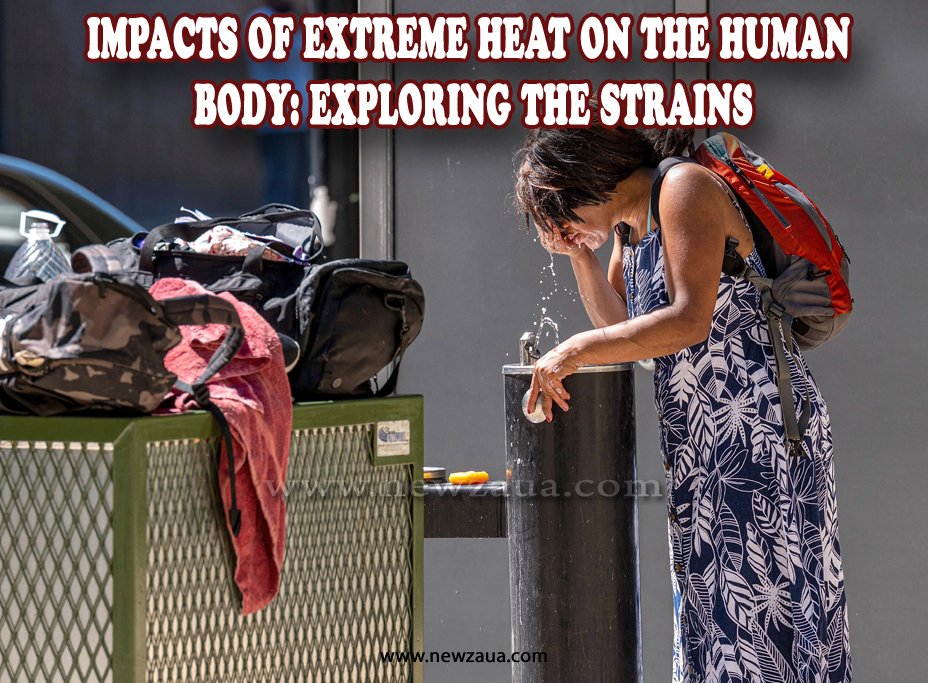Rising Temperatures and Human Physiology
To combat the strains of rising temperatures on human physiology, adaptation strategies must be employed at both individual and societal levels. This includes staying hydrated, seeking shade or air-conditioned spaces during peak heat hours, wearing appropriate clothing, and implementing policies such as urban planning measures that prioritize green spaces and mitigate the urban heat island effect.
Hotter Nights: Sleep Disruption and Health Risks
As temperatures continue to soar, scorching nights can have a significant impact on our sleep patterns. The rising heat poses challenges for both falling asleep and staying asleep throughout the night.
When the mercury rises, our bodies struggle to cool down, leading to discomfort and restlessness.
Pollen counts tend to be higher in warmer weather, further compromising air quality while we try to catch some shut-eye.
To combat these challenges, it’s crucial to create a cool sleeping environment by using fans or air conditioning if available. The optimal bedroom temperature for most individuals is between 60-67°F (15-19°C) but may vary based on personal comfort levels.
Investing in breathable bedding materials that wick away moisture can also help enhance comfort during hotter nights. Additionally, keeping hydrated throughout the day will aid in maintaining optimal body temperature at night.
While adjusting bedtime routines may seem inconvenient initially, prioritizing adequate rest becomes essential when facing extreme heat situations. So remember – take necessary precautions for those balmy evenings ahead!
Humidity amplifies the effects of heat waves and can impair our natural cooling mechanisms.
Understanding how humidity amplifies heat waves allows us to better prepare for these challenging conditions. By being aware of impaired cooling mechanisms caused by high levels of moisture in the air, we can take steps toward mitigating potential health risks associated with extreme heat events.
Remember – staying informed about weather patterns specific to your area is crucial in protecting yourself against adverse effects from both temperature extremes and heightened levels of humidity!
Cardiovascular Strain and Heat-Related Illnesses
Signs of heat stroke include confusion, seizures, loss of consciousness, and hot dry skin (no sweating).
To protect ourselves from cardiovascular strain and mitigate the risk of heat-related illnesses during extreme temperatures:
1) Stay hydrated: Drink plenty of water throughout the day.
2) Seek shade or air-conditioned spaces: Limit exposure to direct sunlight.
3) Dress appropriately: Opt for loose-fitting clothing made from breathable fabrics.
4) Take frequent breaks: Avoid prolonged physical exertion in hot environments.
Respiratory Stress and Air Quality Complications
For those already struggling with compromised lung function, this can be especially problematic. It’s not just outdoor air quality that poses a threat during heat waves; indoor environments can also harbor pollutants that worsen respiratory stress.
Awareness of how extreme heat impacts our respiratory system should prompt us all to prioritize our lung health by taking precautions during hot weather conditions.
As temperatures soar, so do irritability and aggression levels. We become more prone to experiencing anxiety, depression, and other negative emotions.
Heatwaves can disrupt sleep patterns as well, exacerbating these cognitive effects even further. When we don’t get enough restful sleep due to hot nights or uncomfortable conditions, our brain function suffers during the day.
It’s essential to recognize these impacts on cognitive function and mental well-being when dealing with extreme heat situations. By understanding how heat affects us mentally as much as physically, we can take steps toward mitigating its influence.
Stay tuned for the next section where we’ll explore vulnerable populations who are particularly at risk in extreme heat conditions!
Vulnerable Populations: Children, Elderly, and Medical Conditions
The elderly also face increased vulnerability to extreme heat due to age-related physiological changes.
To protect vulnerable populations during extreme heat events, community outreach programs should be established. These initiatives could provide education on recognizing early signs of heat exhaustion or stroke and offer assistance in accessing cool shelters or transportation services.
Remember, protecting children, the elderly, and those with medical conditions from the strains of extreme heat requires proactive measures from both individuals and communities alike. By prioritizing their well-being during scorching temperatures¸ we can help keep them safe and healthy amidst nature’s challenges.
Mitigation and Adaptation Strategies
One key mitigation strategy is transitioning towards renewable energy sources like solar and wind power. By decreasing our reliance on fossil fuels, we can reduce greenhouse gas emissions and slow down global warming. Additionally, improving building insulation and promoting green infrastructure can help mitigate urban heat island effects.
Adaptation strategies involve implementing measures to cope with rising temperatures. This includes designing cities with more shade through tree-planting programs or installing reflective surfaces on roads and buildings. Education campaigns can also raise awareness about the risks of extreme heat and provide guidance for staying safe during heat waves.
The Importance of Public Awareness and Policy Implementation
Implementing regulations on greenhouse gas emissions will also be crucial in reducing global warming trends.
Moreover, healthcare providers should receive training on identifying and treating heat-related conditions effectively. This includes recognizing early symptoms of dehydration or thermoregulatory disorders among high-risk groups like children, elderly individuals with chronic diseases or disabilities.
Collaboration between government sectors including health departments and meteorological agencies will be essential for developing effective early warning systems for extreme weather events. These could provide real-time alerts when temperatures rise above dangerous thresholds so that communities can take necessary precautions ahead of time.
Extreme heat poses significant challenges to our physiological well-being by disrupting sleep patterns and impairing cooling mechanisms straining cardiovascular respiratory systems and affecting cognitive function and mental health.
By raising public awareness and implementing sound policies related to climate change mitigation adaptation strategies we have an opportunity to safeguard ourselves and future generations from these harmful effects.

